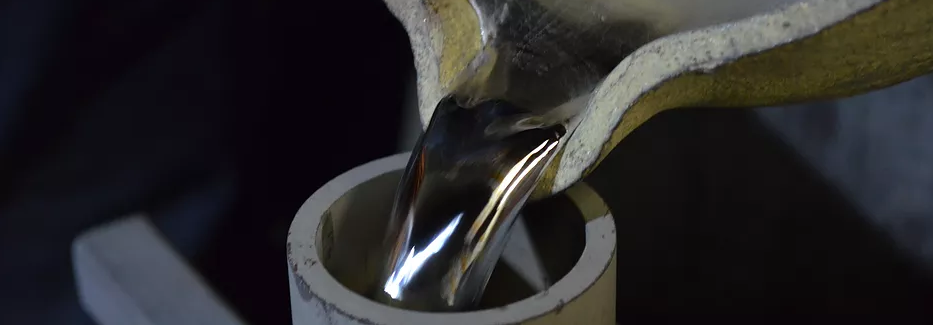Seawater can cause a lot of corrosion especially when it affects items made from two different metals. When two metals come in contact with seawater, they create some form of battery as one of the metals will give up electrons and the other will adopt the electrons, which means that current will flow between the two different metals. This is a process known as galvanic corrosion and every boat owner needs to be aware of it to ensure they can stop the process even before it starts. This can be achieved through the use of a third metal, which can give up electrons much more easily than the other two. Zinc is the most widely used metal for this purpose. Zinc pieces commonly referred to as zinc anodes are commonly used for this purpose.
Zinc anodes are commonly used anywhere two metals are in contact within a boat. For instance, zinc anodes are often used where the stainless steel shaft from the engine meets an aluminum propeller, but there are many other areas of applications within a boat. If zinc is not used to prevent galvanic corrosion, your boat parts will be severely corroded, leading to malfunctioning of the water vessel.
There is a misconception that as long as zinc is present, a boat is protected from galvanic corrosion, but this is not true. Your boat cannot be protected by simply hanging a piece of zinc bar on the side of the boat. Zinc anodes must be in contact with the metals they are protecting. Fortunately, boat and engine manufacturers usually design parts to allow for installation of zinc anodes. This includes zinc collars around the shaft and zinc hull plates.
Hopefully, now you understand the importance of installing zinc anodes on your boat. It is crucial to note, however, that these anodes cannot last forever. Since they continuously donate electrons, they are bound to get depleted after a couple of years. When you install zinc anodes, you're simply sacrificing the material to protect parts of your boat. When installing these anodes, the general rule of the thumb is to use zinc material that's around 1% of the surface area you want to protect from galvanic corrosion. The anode should be replaced every year without fail. However, it may be a good idea to inspect the zinc anode regularly to confirm that it is in place and in good shape. If the material gets detached or is seriously worn out, you should replace it urgently. Usually, zinc anodes are replaced when they are half used. Any delay may lead to damage of boat parts.
Fortunately, zinc anodes are affordable as most of these anodes cost just a few dollars. Larger hull plates cost less than $30 in most cases. While zinc anodes have to be in contact with the surfaces they are protecting, no painting should be done over the surface. Both the zinc and the surface should be free of any coating. When it comes to engines, be sure to refer to your owners' manual to identify the location of the zinc anodes in your boat. After all, it can be challenging to locate these metal bars through visual inspection only.
Boat owners should be happy to know that there is an easy way of protecting their boat and boat parts from corrosion. They should know, however, that the protection is only available if the zinc anodes are in place and in good shape. Make it a habit to check the condition of the zinc anodes after every couple of months and have them replaced if half of the zinc has been depleted. Zimar Zincs are the standard when it comes to cathodic protection, and Deep Blue Yacht Supply is one of the leaders in terms of supplying Zimar Zinc Anodes to discerning boat owners across the globe.



































